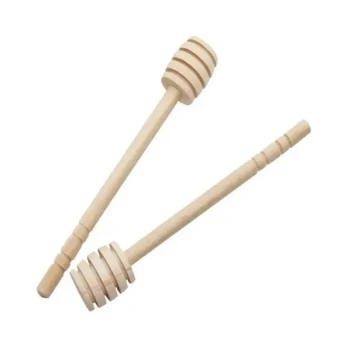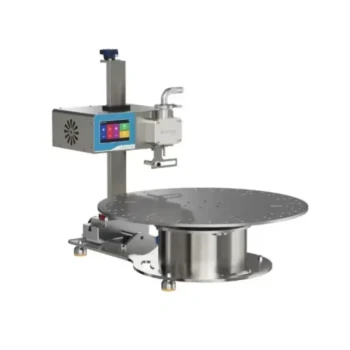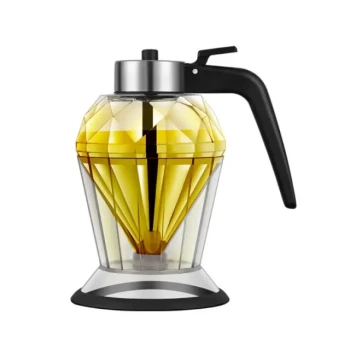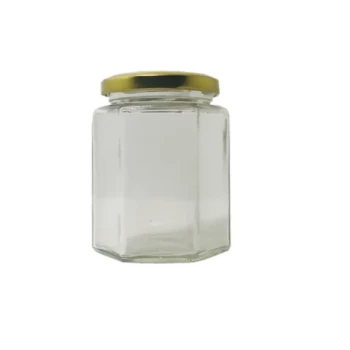To press honey, you must first break or cut the honeycomb from its frame. This comb is then placed into a press or a cloth bag, where mechanical force is applied to squeeze the liquid honey out from the wax. The extracted honey is then collected and strained to remove wax particles and other debris.
Pressing is a simple, low-cost method for separating honey from its comb by applying physical pressure. While straightforward, it is a destructive process that destroys the comb and requires thorough post-processing to filter out wax particles, presenting a key trade-off against the more common method of centrifugal extraction.
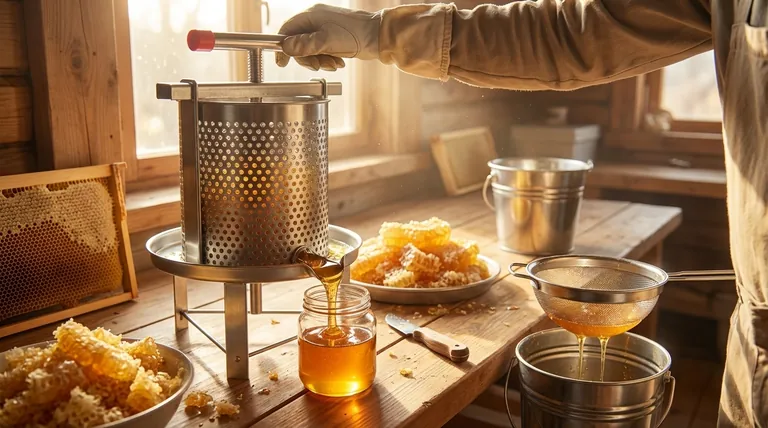
The Principle: Squeezing vs. Spinning
Before detailing the procedure, it's crucial to understand how pressing fits into the world of honey extraction. The two primary methods are pressing and centrifugal extraction.
What is Honey Pressing?
Honey pressing is a mechanical force method. You are physically squeezing the honey out of the comb cells, much like pressing juice from fruit.
This process breaks down the wax structure entirely. It's often favored by small-scale beekeepers or for honey types, like heather honey, that are too thick (thixotropic) to be extracted any other way.
How is it Different from Centrifugal Extraction?
Centrifugal extraction uses a machine called a honey extractor to spin frames at high speed. This generates a force that flings the honey out of the cells without destroying the comb.
The primary benefit of centrifugal extraction is that the empty comb can be returned to the hive. This saves the bees an immense amount of energy and resources, as they do not have to rebuild the wax structure from scratch.
The Step-by-Step Pressing Procedure
A successful pressing operation is defined by hygiene and a methodical approach. Honey is a food product and must be handled with care.
Step 1: Prepare the Workspace and Comb
First, ensure your entire work area, all equipment, and your hands are impeccably clean. Honey readily absorbs contaminants.
Cut the honeycomb out of the wooden frames. For easier pressing, break these larger pieces of comb into smaller chunks.
Step 2: Load the Press
There are two common approaches to loading the comb, depending on your equipment.
If using a screw press, place the broken comb pieces directly into the press chamber or cage.
If using a manual method, place the comb into a durable, food-grade cloth bag, such as one made of calico. This bag will contain the wax while allowing the honey to pass through.
Step 3: Apply Pressure
With a screw press, turn the handle clockwise. This lowers a press plate onto the comb, squeezing the honey out through spouts or a perforated base into a collection container below. Continue applying pressure until the flow of honey stops.
For the manual cloth method, twist or squeeze the bag with your hands to force the honey through the fabric and into your collection bucket. This method is effective but can be sticky and labor-intensive.
Step 4: Strain the Honey
Pressed honey will contain a significant amount of wax particles and other small hive debris. It must be thoroughly strained.
Pour the collected honey through a series of progressively finer strainers or a specialized honey filter. Gently warming the honey in a water bath (preheating) can lower its viscosity, making it flow more easily through the filters.
After straining, allow the honey to sit in a covered container. This allows any remaining fine air bubbles to rise to the surface, resulting in a clearer final product.
Understanding the Trade-offs of Pressing
Choosing to press your honey comes with distinct advantages and disadvantages that you must weigh.
Advantage: Simplicity and Lower Initial Cost
Pressing requires less specialized and expensive equipment than centrifugal extraction. A simple bucket and cloth bag can suffice for a beginner, making it a very accessible method for hobbyists with only one or two hives.
Disadvantage: The Comb is Destroyed
This is the most significant drawback. Bees expend a great deal of energy producing wax and building comb. By destroying it, you force them to start over, which can reduce the hive's overall honey production for the next season.
Disadvantage: More Labor-Intensive Post-Processing
Because you are crushing the entire comb, the resulting honey is filled with wax. This necessitates more careful and often multi-stage straining to produce clean, clear honey, adding time to the overall process.
Making the Right Choice for Your Goal
The decision to press or extract depends entirely on your scale, resources, and beekeeping philosophy.
- If your primary focus is simplicity and low startup cost: Pressing is an excellent and effective method, especially for your first few harvests or if you are processing comb from foundationless frames.
- If your primary focus is long-term hive productivity and efficiency: Centrifugal extraction is the superior choice because it preserves the drawn-out comb, giving your bees a critical head start on the next honey flow.
Ultimately, understanding this core trade-off between comb preservation and equipment simplicity empowers you to select the process that best aligns with your beekeeping goals.
Summary Table:
| Aspect | Pressing Honey | Centrifugal Extraction |
|---|---|---|
| Principle | Mechanical squeezing | High-speed spinning |
| Comb Fate | Destroyed | Preserved and reusable |
| Initial Cost | Lower | Higher |
| Best For | Small-scale, thick honeys, beginners | Long-term hive productivity, efficiency |
Ready to Choose Your Honey Extraction Method?
Whether you're a hobbyist starting with a simple press or a commercial apiary scaling up with centrifugal extractors, having the right equipment is key to a successful harvest. HONESTBEE supplies high-quality beekeeping supplies and equipment—from durable cloth bags for pressing to efficient honey extractors—through our wholesale-focused operations.
Let us help you maximize your harvest efficiency and support your hive's health. Contact our team today to discuss the best equipment for your beekeeping goals!
Visual Guide
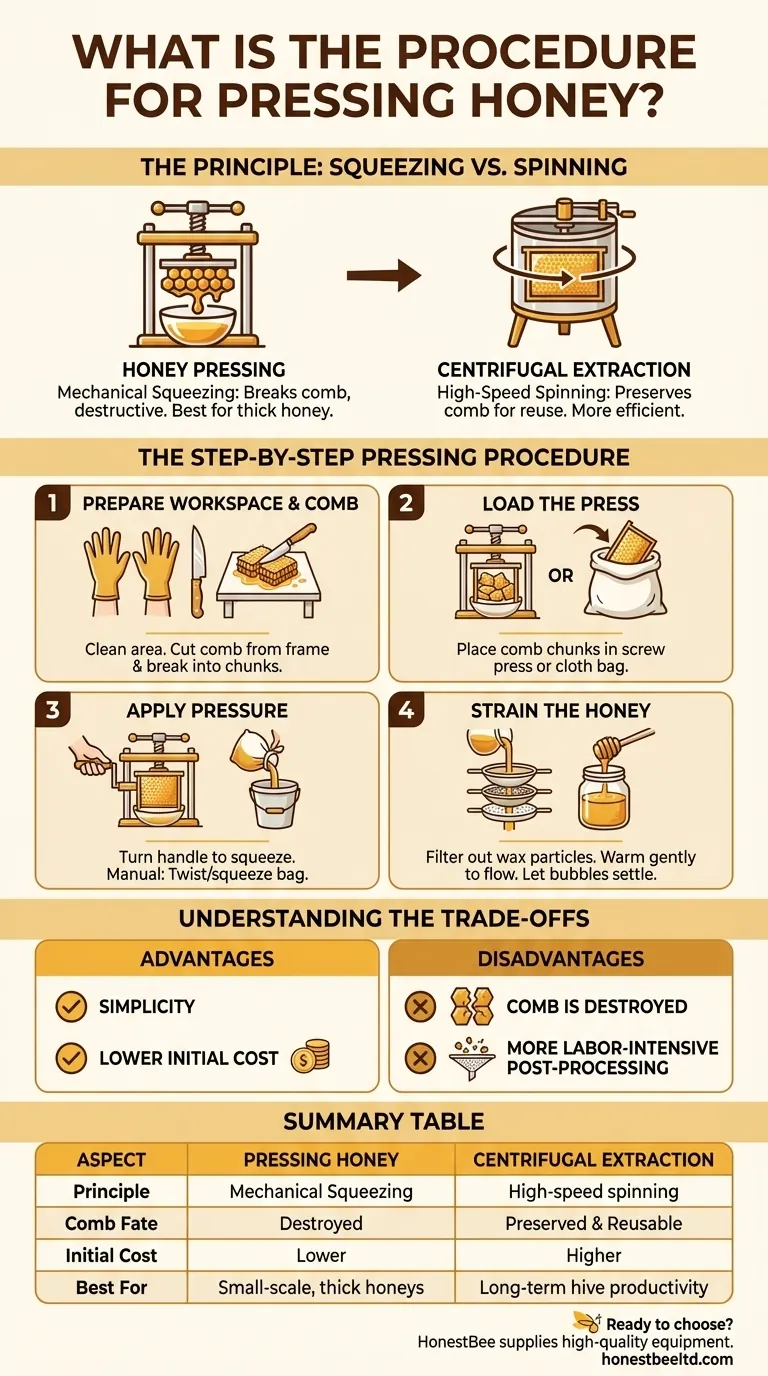
Related Products
- Easy Use Manual Stainless Steel Honey Press for Honey Comb
- Stainless Steel Manual Honey Press with Guard for Pressing Honey and Wax
- 10L Stainless Steel Electric Honey Press Machine
- HONESTBEE 3-Frame Manual Acrylic Honey Extractor
- Electric Honey Press Machine for Squeezing Honey Comb Press Equipment
People Also Ask
- What is the purpose of a honey press? Maximize Yield for Small-Scale Beekeeping
- What is a honey press and how does it work? A Guide to Crush-and-Strain Extraction
- What are the two most popular types of machines for honey extraction? Choose the Right Tool for Your Apiary
- What are the recommended conditions for using a honey press? Achieve Optimal Honey Extraction
- How does a honey press work? A Guide to Simple, High-Yield Honey Extraction








